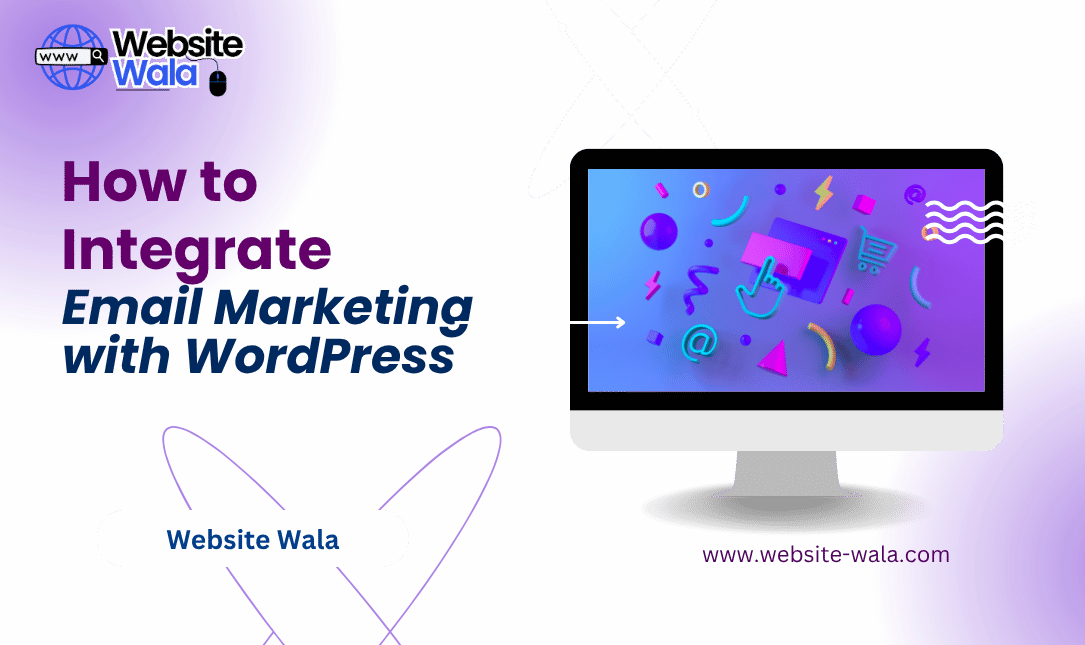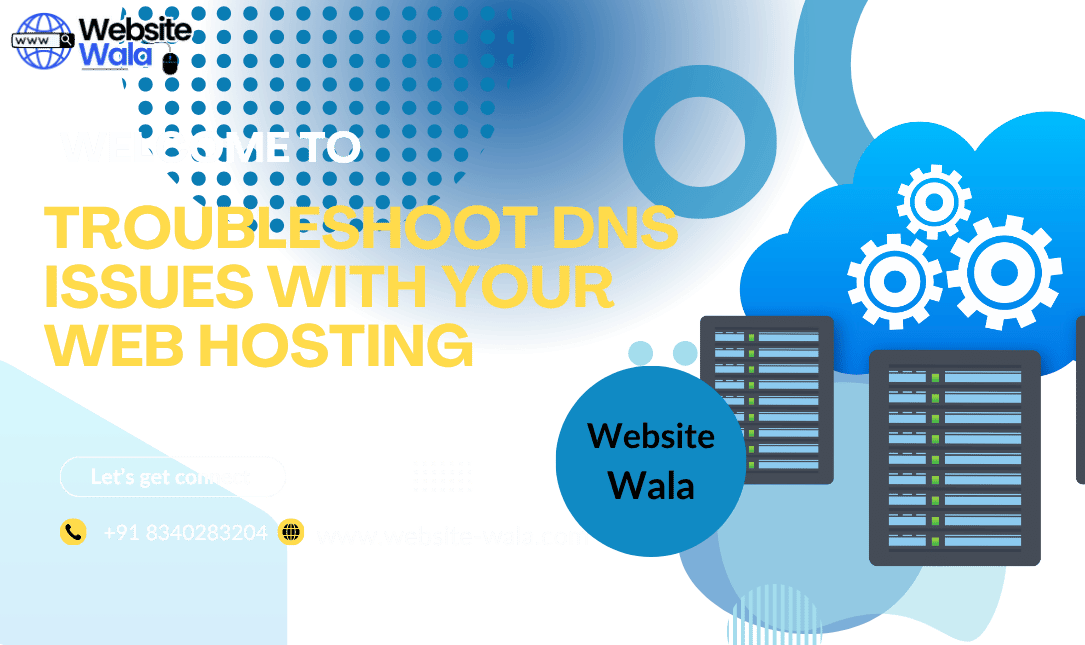
Learn how to effectively integrate social media with your WordPress site to drive traffic, engage your audience, and grow your online presence. Follow these tips and techniques to create a seamless connection between your website and your social media channels.
How to Integrate Social Media with Your WordPress Site
Social media has become an essential tool for businesses and individuals looking to promote their websites and engage with their audience. With the right integration strategies, you can seamlessly connect your WordPress site with your social media channels to drive traffic, increase audience engagement, and grow your online presence. Here are some tips and techniques to help you effectively integrate social media with your WordPress site:
1. Choose the Right Social Media Platforms
Before you start integrating social media with your WordPress site, it's essential to determine which social media platforms are most popular with your target audience. Focus on platforms where your audience is most active, such as Facebook, Twitter, Instagram, LinkedIn, or Pinterest. By focusing your efforts on the platforms that matter most to your audience, you can maximize your reach and engagement.
2. Install Social Media Plugins
WordPress offers a wide range of plugins that make it easy to integrate social media with your website. Popular plugins like Revive Old Post, Social Warfare, and MashShare allow you to automatically share your website content on social media, add social sharing buttons to your posts, and display your social media feeds on your site. Install these plugins to streamline your social media integration process and increase your website's visibility on social platforms.
3. Add Social Sharing Buttons
Make it easy for your website visitors to share your content on social media by adding social sharing buttons to your posts and pages. Social sharing buttons allow users to quickly share your content with their followers, helping to increase your website's reach and drive more traffic. Choose a plugin that offers customizable social sharing buttons to match your website's design and make it easy for users to share your content.
4. Display Social Media Feeds
Showcasing your social media feeds on your WordPress site is a great way to encourage visitors to connect with you on social platforms and stay up-to-date with your latest updates. Use a plugin like Smash Balloon Social Photo Feed to display your Instagram feed, or Juicer to display feeds from multiple social platforms. By integrating your social media feeds into your website, you can keep visitors engaged and drive traffic to your social channels.
5. Automate Social Media Posting
Save time and effort by automating your social media posting with tools like Buffer, Hootsuite, or CoSchedule. These tools allow you to schedule posts in advance, track engagement metrics, and monitor social media activity from a single dashboard. By automating your social media posting, you can maintain a consistent posting schedule, increase your efficiency, and focus on creating high-quality content for your audience.
6. Encourage Audience Interaction
Engage with your audience on social media by responding to comments, questions, and messages in a timely manner. Encourage audience interaction by asking for feedback, running polls, and hosting contests or giveaways. By actively engaging with your audience on social media, you can build trust, loyalty, and brand advocacy, leading to increased traffic and conversions on your WordPress site.
7. Monitor Social Media Analytics
Keep track of your social media performance by monitoring analytics data such as reach, engagement, clicks, and conversions. Use tools like Google Analytics, Facebook Insights, or Twitter Analytics to measure the impact of your social media integration efforts and identify areas for improvement. By analyzing social media analytics, you can optimize your strategy, refine your content, and better understand your audience's preferences and behavior.
8. Cross-Promote Your Website and Social Media Channels
Drive traffic to your WordPress site by cross-promoting your website on social media and vice versa. Share links to your blog posts, products, or services on your social media profiles, and include social media icons or buttons on your website to encourage visitors to connect with you on social platforms. By cross-promoting your website and social media channels, you can attract new followers, increase engagement, and build a strong online presence across multiple platforms.
9. Create Shareable Content
Produce high-quality, shareable content that resonates with your audience and encourages them to engage with your brand on social media. Create visually appealing graphics, informative blog posts, engaging videos, or interactive quizzes that are likely to be shared by your followers. By creating shareable content, you can increase your reach, attract new followers, and drive traffic back to your WordPress site.
10. Stay Up-to-Date with Social Media Trends
Stay informed about the latest social media trends, features, and best practices to stay ahead of the competition and maximize your social media integration efforts. Follow industry influencers, attend webinars, read blogs, and participate in online communities to stay up-to-date with the ever-evolving world of social media marketing. By staying informed and adapting to new trends, you can improve your social media strategy, engage your audience effectively, and grow your online presence.
By following these tips and techniques, you can effectively integrate social media with your WordPress site to drive traffic, engage your audience, and grow your online presence. By creating a seamless connection between your website and social media channels, you can increase your reach, build brand awareness, and drive more conversions. Start implementing these strategies today to take your website promotion and social media marketing to the next level!























